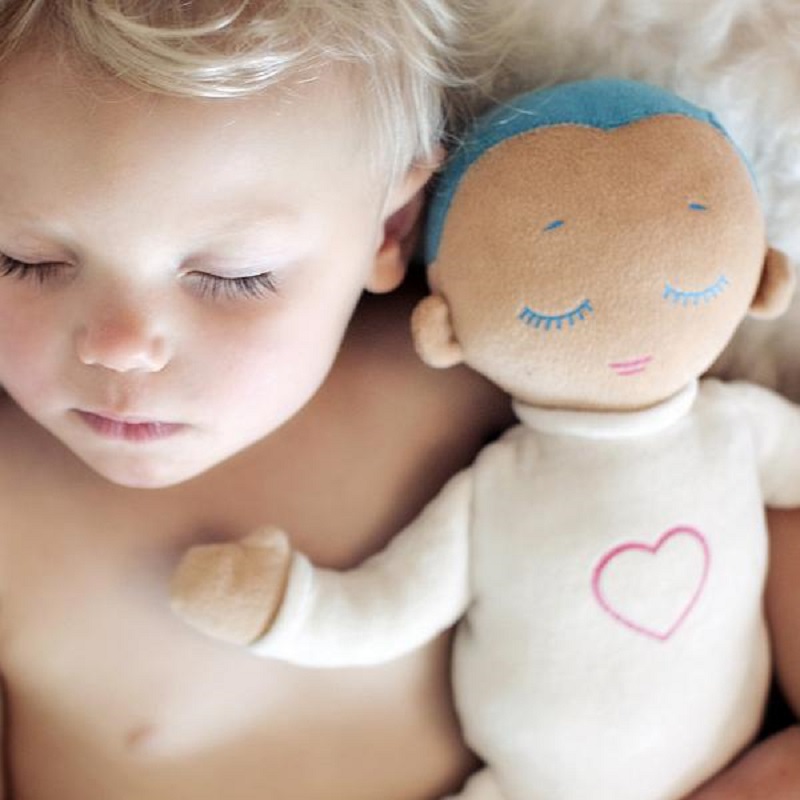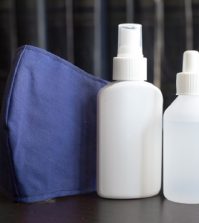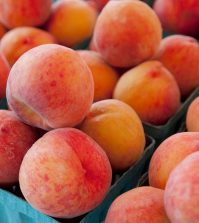- Study Says Most Parents Don’t Use Car Seats In Ride Share Vehicles Like Uber
- This 12-Year-Old Boy Is A Sophomore Aerospace Engineering Major!
- Fire Safety Experts Warn Of Hand Sanitizer Danger After A Mom and Kids Escape House Fire
- Recall Alert: Peaches May Be The Cause Of Salmonella Outbreak, 68 People Ill
- Summer Vacation In The Days Of COVID: Tips To Stay Safe
- How To Safely Grocery Shop During The Coronavirus Pandemic
- Michigan Teen With Vape-Related Illness Undergoes Double Lung Transplant
- Teen Kicks Off Anti-Vaping Campaign From Hospital Bed
- Teenager Receives Life Sentence For Strangling Sister To Death Over A Wi-Fi Password
- Toddler Falls To Death From 11th Deck of Cruise Ship
The Hidden Risk You Might Not Know About Lulla Dolls


Parents are scouring the Internet and paying big bucks just to get their hands on a special doll that claims to help babies fall — and stay — asleep.
So what’s so unique about the lulla dolls, a $71 doll that would make moms and dads pay up to $350 for one on eBay?
The Lulla doll is a soft, stuffed toy that soothes infants by playing real heartbeat and gentle breathing sounds. According to the website, these magical dolls help babies fall asleep more easily and sleep for longer periods at a time. It also promises less crying and stress, and it claims to stabilize heartbeat and breathing.
Don’t these lulla dolls seem like every new parent’s dream? Sleep deprivation from a new baby is no walk in the park, after all.
But it’s time to address the elephant in the room: Sudden Infant Death Syndrome (SIDS,) which is the leading cause of death for infants between 1 month and 12 months of age. When it comes to infants under age 1, having toys, soft or loose bedding, bumpers or pillows in your baby’s crib are all risk factors for suffocation or SIDS.
Indiegogo, the crowdfunding site that helped the Lulla dolls take flight, notes these dolls are safe for newborns. At the same time, the danger loose stuffed toys pose in cribs is also mentioned:
“The doll is very light, made from natural materials, has no loose items nor toxic chemicals,” the site’s description reads. “However, it is not recommended to have loose items in a crib with a sleeping newborn. We strongly recommend that from birth to 12 months the doll is kept away from their face and not loose in the crib during sleep. The doll has Velcro fasteners so you can attach the doll to most cribs, strollers and other carriers.”
For parents who want to use the Lulla doll, but still keep babies’ cribs as safe as possible, the parenting website, WhatToExpect.com suggests perching it (or other similar sleep toys) on a shelf out of your baby’s reach, or on the floor.
Here are more tips from to the American Academy of Pediatrics (AAP) for creating a safe sleep environment for your baby:
- Place your baby on a firm mattress, covered by a fitted sheet that meets current safety standards. For more information concerning crib safety standards, visit the U.S. Consumer Product Safety Commission’s website.
- Place the crib in an area that is smoke-free.
- Don’t place babies to sleep on adult beds, chairs, sofas, waterbeds, pillows or cushions.
- Toys and other soft bedding, including fluffy blankets, comforters, pillows, stuffed animals, bumper pads and wedges should not be placed in the crib with the baby. Loose bedding, such as sheets and blankets, should not be used as these items can impair the infant’s ability to breathe if they are close to his face. Sleep clothing, such as sleepers, sleep sacks and wearable blankets are better alternatives to blankets.








0 comments